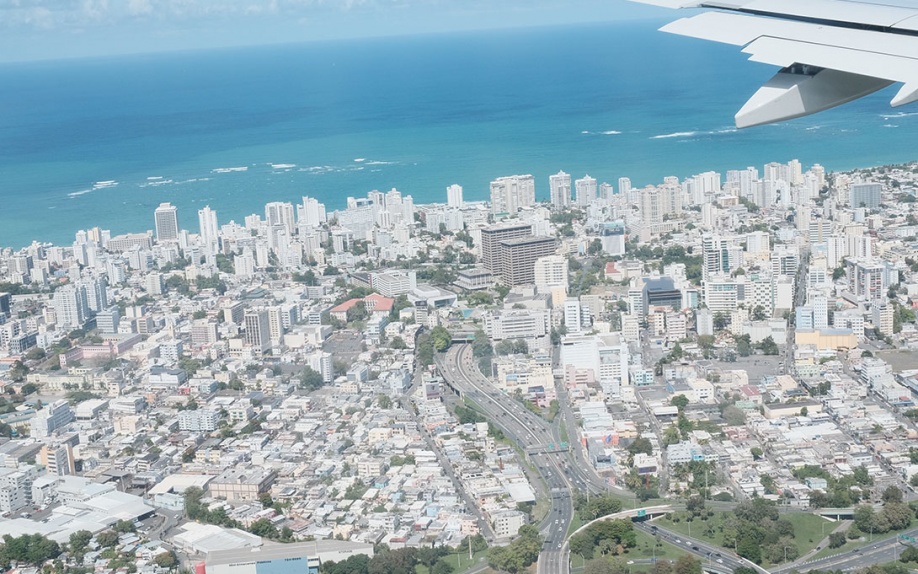-
- 2022: Puerto Rico
- 2020: Colombia
- 2019: Morocco
- 2018: Senegal
- 2017: Greece
- 2016: Cuba
- 2015: Brazil
- 2014: Myanmar
- 2013: Cape Verde
- 2012: Colombia (photo set)
- 2011: Grenada
- 2010: Philippines (Article: IEDP Celebrates Ten Years of Student Immersion)
- 2009: Senegal
- 2008: Jordan
- 2007: Peru
- 2006: China
- 2005: Ethiopia
- 2004: Cuba
- 2003: Morocco
- 2002: Venezuela
- 2001: Czech Republic
- 2000: Costa Rica
International Economic Development Program (IEDP)
Conduct interviews and engage in discussions with international policymakers
The International Economic Development Program (IEDP) was established in 1999 by the International Policy Student Association (IPSA) with support and strategic guidance from the late Professor Katherine Terrell. It is a three-credit academic program that serves as an experiential learning opportunity for graduate students to think and walk through the multi-faceted experience of an international project from start to finish. Students conduct an in-depth investigation to analyze the economic, social, political, health, and/or environmental policy challenges that developing countries face. IEDP alumni generally look back on the program as a demanding but rewarding (and fun!) academic and professional development experience.
IEDP students are competitively selected to enroll in a seven-week course (PubPol 674.001) and a week-long field experience (PubPol 674.002) in a country chosen by the Ford School’s graduate student body. Policy analysis continues after students return from the tour. Students are responsible for processes critical to a successful IEDP experience, including class assignments, as well as the financial and logistical planning for the in-country experience. A faculty advisor, recruited by the Associate Dean for Academic Affairs, guides the direction and pedagogical focus of the IEDP course. A second faculty member accompanies the class on the in-country experience. The Global Engagement Program Manager (GEPM) helps steer the entire IEDP life-cycle, which is approximately twenty months.
For student perspectives on the program, visit the student-run website.
